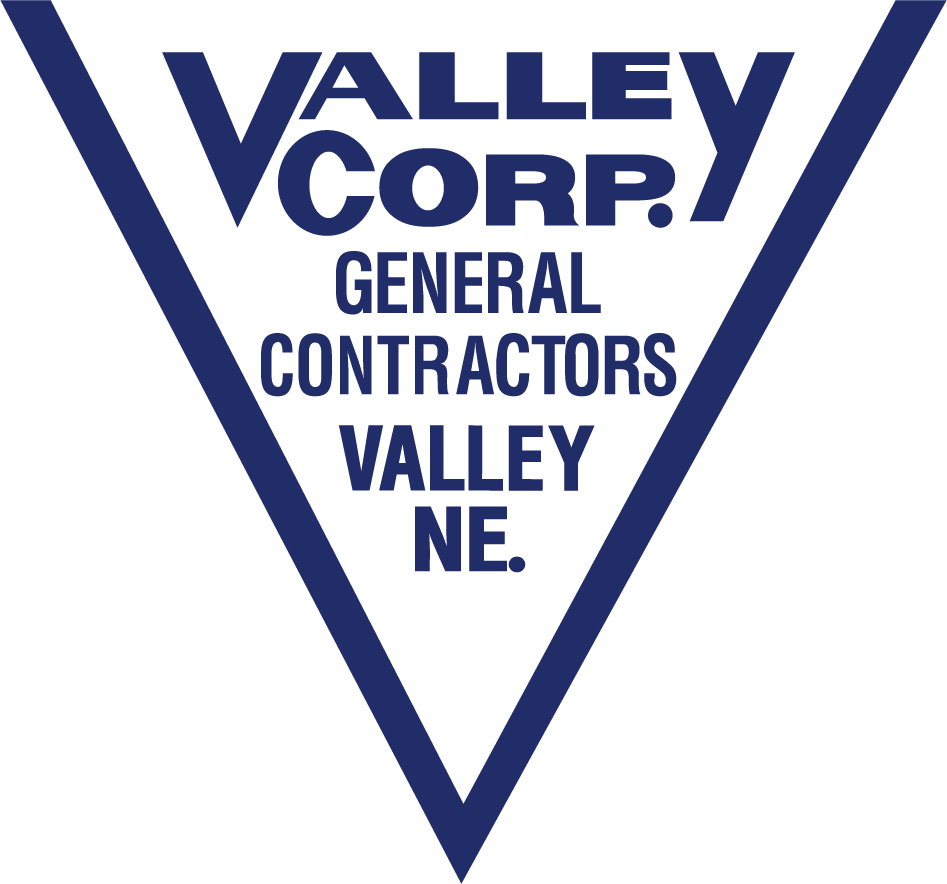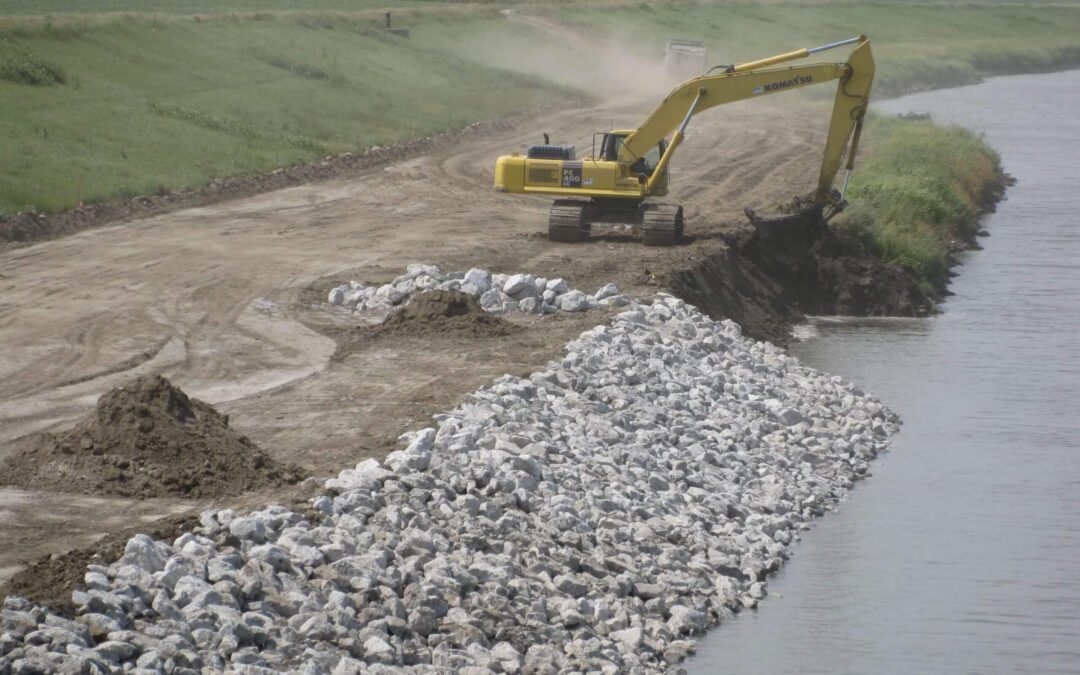Nebraska has no shortage of shoreline thanks to its 79,000 miles of rivers — the most in the United States — and thousands more miles of lakefronts, streams, and other tributaries. That makes for some gorgeous views, and some headaches if you’re a property owner or work in construction. After all, where there’s water, there’s erosion, and that makes shoreline construction and rehabilitation especially important in the Cornhusker State.
Why the Shoreline is Important
The shoreline is more than a transition between land and water. Its soil acts as filtration for pollutants carried in the water. It’s a vital habitat for many kinds of wildlife, contributing to biodiversity. And our many shorelines are places to be reminded of our connection to nature and our place in the world.
How Shorelines Erode
The landscape we see now wasn’t always like this. Nebraska’s many rivers, including the Missouri River, Niobrara River, and Platte River, were formed over geological epochs thanks to glaciers, ice melts, and water runoff. Glaciers aside, that activity is still ongoing, moving vast quantities of soil and rock as it does. In its natural state, the grasses, vegetation, and other biomass along a shoreline can prevent some of this erosion.
Throughout recorded history, human activity — building, agriculture, landscaping, and the many other ways in which we shape the environments in which we live — has accelerated and changed the patterns of that erosion. As that’s happened, many property owners have had to deal with declining water quality, property loss, and a host of other problems.
Shoreline Construction and Rehabilitation
In much the same way that humankind has contributed to shoreline erosion, we have the tools at our disposal to remediate and rehabilitate shorelines. Broadly speaking, there are three ways to do this: mimicking nature, building structures to combat erosion, or combining both approaches.
Natural Shoreline Remediation
In this approach, shoreline remediation mimics the features of a healthy shoreline. Gentle slopes, and the use of “soft armoring” — natural materials and natural vegetation using local species — help to restore the shoreline and stave off further erosion. Because you’re dealing with living, growing things, it’s an inherently more sustainable approach, but it also takes a bit longer to yield results. Even a “natural” approach, however, takes some human intervention; our work on stabilizing Omaha’s Hell Creek involved extensive excavation and grading to stabilize and improve flow for the creek.
Man-made Shoreline Remediation
When time is of the essence, or when the use of a space requires more robust measures against erosion, a manmade approach may be more appropriate. When the U.S. Army Corps of Engineers needed to repair the Papio Creek Levee, for instance, they turned to Valley Corporation. In addition to hauling off nearly 17,000 cubic yards of earth, we also placed 9,000 tons of granular fill and nearly 11,000 tons of riprap armoring.
Shoreline Construction Services Near Omaha
Each project is as different as the shoreline we’re rehabilitating. Topography, vegetation, structures, and long-term site plans mean that a considerable amount of planning and forethought is involved to ensure success. If you need help with a project of this nature, or with general construction in Valley, Nebraska, reach out to Valley Corporation.

